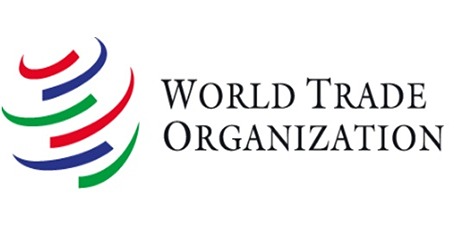A World Bank report entitled “Decarbonizing Development: Three Steps to a Zero Carbon Future” sets out the steps in a transition to a zero carbon future with data, examples and policy advice. The steps involved are firstly planning for the future, then getting prices right as a part of a broad policy package and finally smoothing the transition. The report comments on the benefits of introducing carbon taxes.
The goal is to reach zero emissions by the year 2100 and this will involve a structural transformation of economies. The goal can be reached by shifting from relying on fossil fuels for electricity to using clean energy to decarbonize electricity. A shift to electrification can then increase the access to this clean energy and replace polluting fuels. Improving energy efficiency will also lower demand. Finally, the retention of natural carbon sinks though forest and land management will offset emissions by absorbing carbon.
Investment can be moved towards low carbon growth by setting prices correctly as part of a broad strategy of providing incentives for low carbon growth plans. This involves putting a price on carbon using a carbon tax or a cap-and-trade system, correcting the failure of the market to take into account the cost of environmental damage from emissions. This mechanism can raise tax revenue and encourage lower emissions.
A carbon tax can also be harder to evade than other types of tax. For example in the UK it is estimated that the evasion of energy taxes amounts to about 2% of the total tax that could be collected, as compared to 17% for the income tax. The introduction of a carbon tax would therefore bring substantial benefits to developing countries that are struggling to combat tax evasion with insufficient resources.
The impact of carbon taxes on competitiveness of business are considered to be manageable. The available studies do not show any significant impact on competitiveness from existing carbon taxes. For example, the introduction of the Climate Change Levy in the UK had a sizeable impact on energy intensity but no measurable effect on economic performance. The costs of abatement represent only a small fraction of production costs in most industries. Also, carbon tax revenues can be used to help competitiveness though investments in education, skills and infrastructure or by funding a reduction in taxes on capital and labor.
The World Bank report considers that incentives should also be introduced to ensure that green technologies are developed and used on a large scale. These could include energy efficiency standards, rebates on fuel-efficient vehicles, and standards requiring electricity providers to make use of renewable sources. Tariffs could be reduced on low carbon products including solar panels and energy efficient light bulbs, as the Asia Pacific Economic Cooperation (APEC) countries have recently agreed to do.
Fossil fuel subsidies mainly benefit the wealthy and could be removed. Carbon taxes or cap-and-trade systems could free up or generate revenue to contribute to education, healthcare, infrastructure and social support while reducing emissions. Businesses would have an incentive to re-invent themselves for a cleaner world. The international community could also play a part by making progress on global agreements.
















